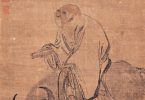Macao: A kinder, gentler, helpful side
By: Daniel Otero, Shezhen Guangming Foreign Languages School, foreign teacher, grade 8th, Class 2
Sixty-two kilometres west of Hong Kong, there’s an Island which appears to have been born like a gorgeous oyster (牡蛎) from the sea. It’s part of China; but for 503 years it was a Portuguese colony (群).
When stepping in Macao it feels excitingly weird. The landing is one queerly (奇怪的) familiar to a grungy (格伦吉)-styled Lisbon, but in beautiful Southeast Asia.
The question remains, what does Macao have to offer?
It’s miracle in Southwestern China, a gem which grosses an annual income six times more than Las Vegas, Nevada. But Macao is literally on steroids (斯特奥德). A harbour for gambling pleasures and shows.
Macao is also composed of Taipa and Coloane, with three main bridges connecting the island and peninsula (半岛).
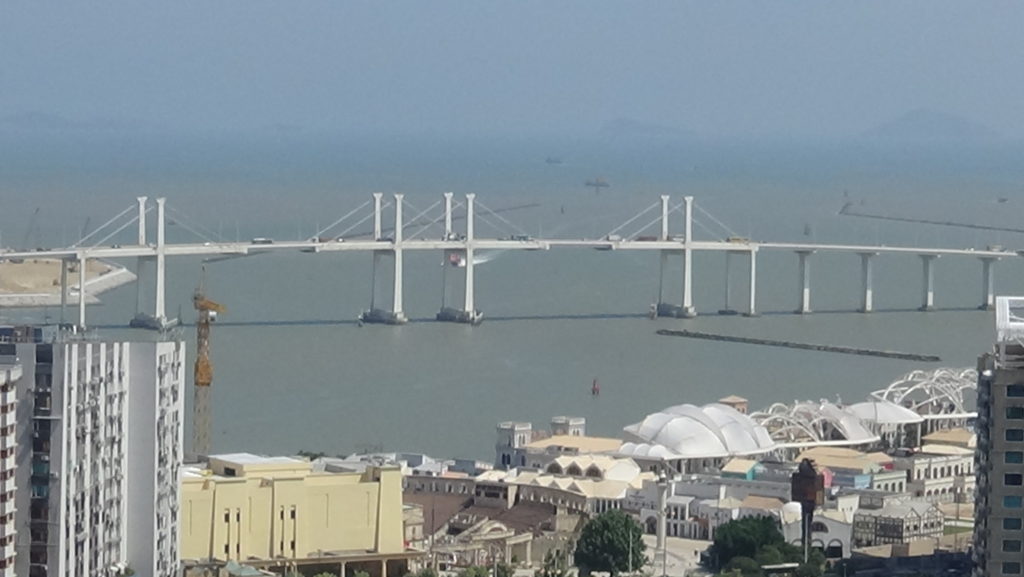
Friendship Bridge, photo by Daniel Otero
This is Macao, looking almost entirely Portuguese, except for the stylish elements in Chinese culture, calligraphy and temples.
As for the driving, well, it has the British system of transportation on the left-side of the road.
The Taipa area holds some of the resorts and casinos, like the Venetian (with a smaller-scaled replica of Venice) and City of Dreams for its wonderfully acrobatic-water show. Also on this side, Taipa, has the Macao International Airport.
Coloane is further south for other tourist attractions, with a great statue of the Seafaring Goddess and points of culture for those who value taking photos as a symbol of remembrance.
Now, Macao can be your typical tourist–trap (旅游陷阱). But one thing I have to say, once it’s done, it’s an experience worth repeating.
People are kinder, gentler and helpful towards tourists.
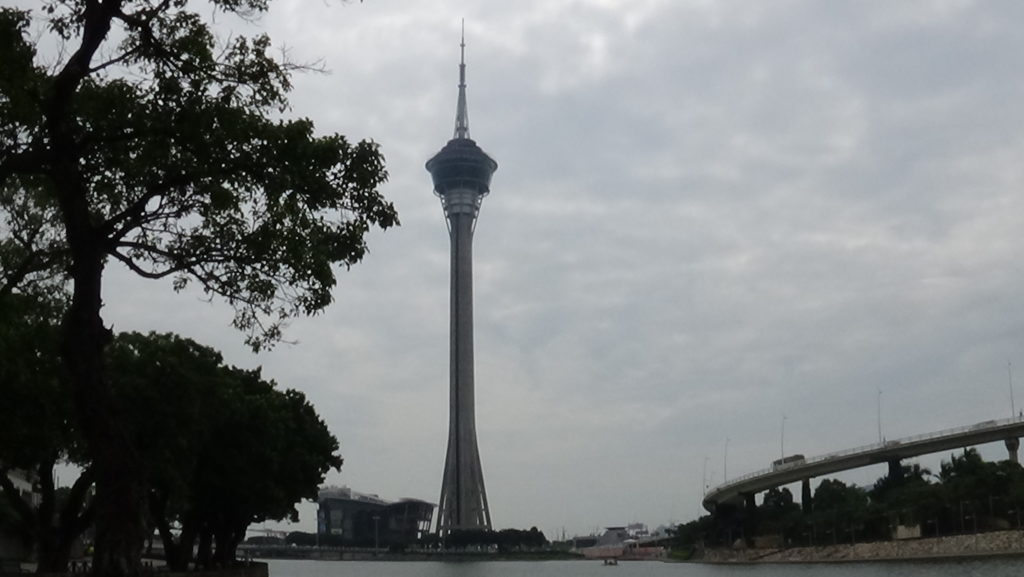
Macao Tower, photo by Daniel Otero
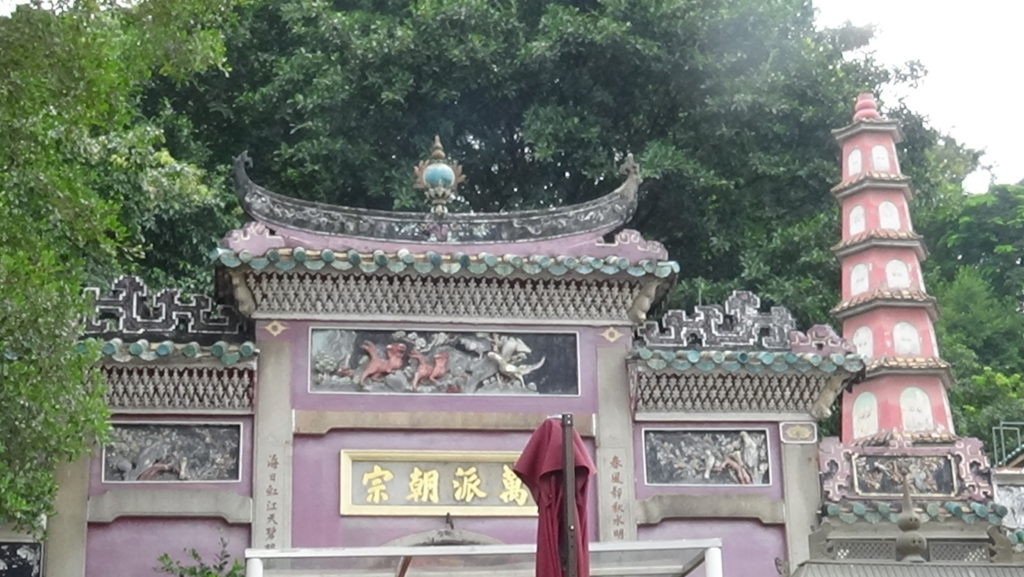
Ama Temple, photo by Daniel Otero
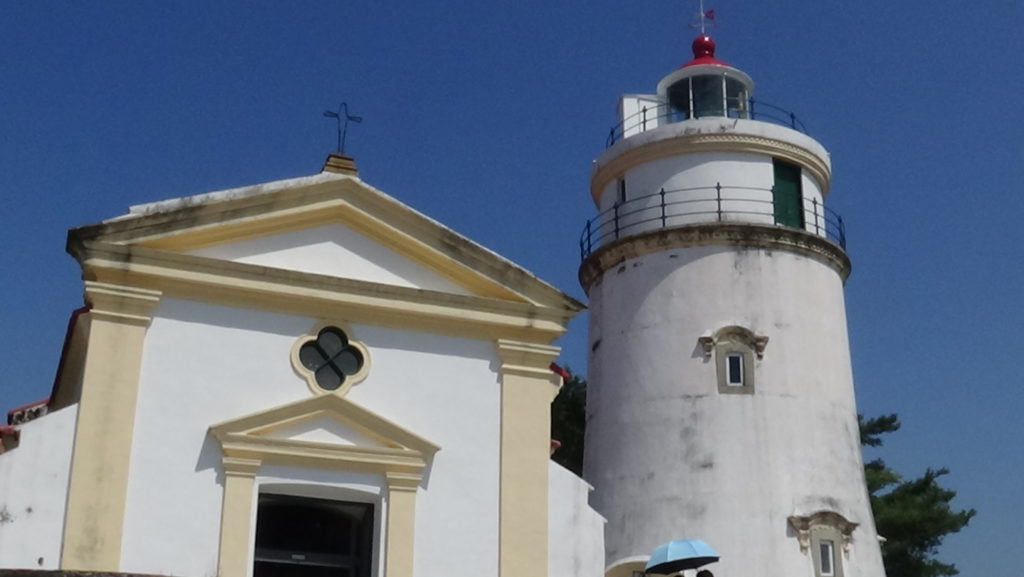
Guia Fort, photo by Daniel Otero
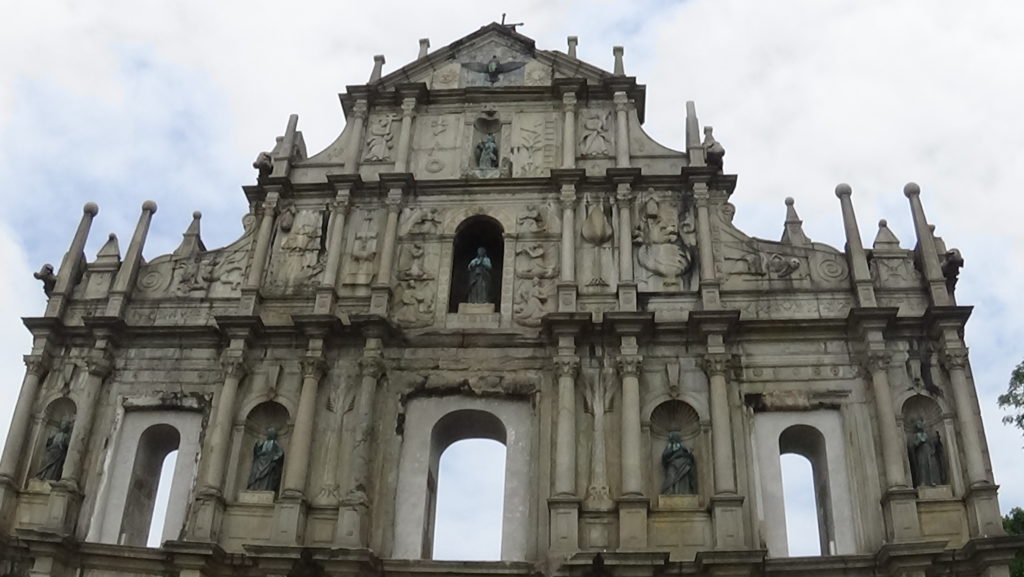
St. Paul’s Ruins, photo by Daniel Otero



